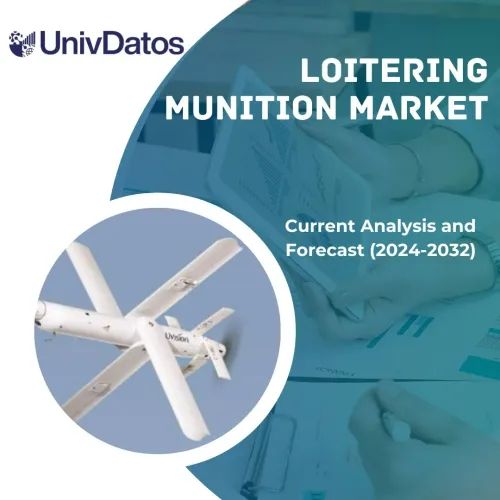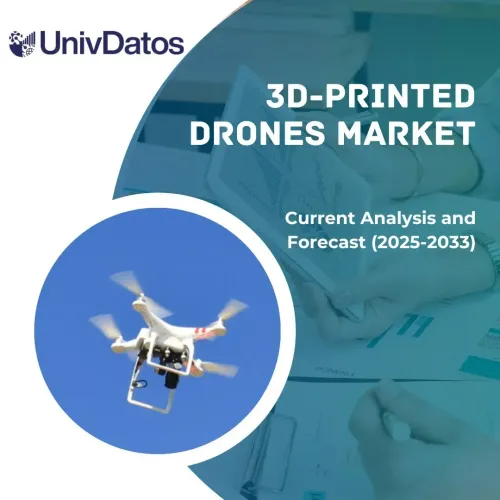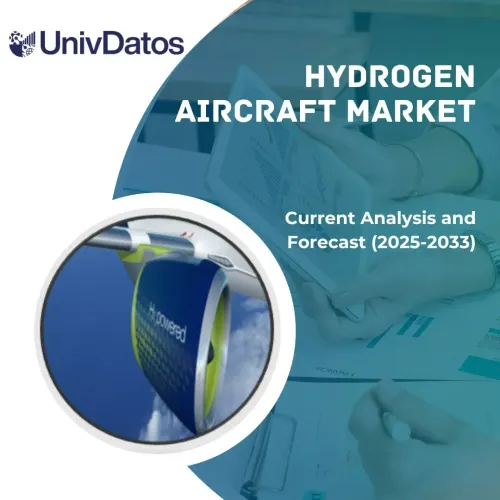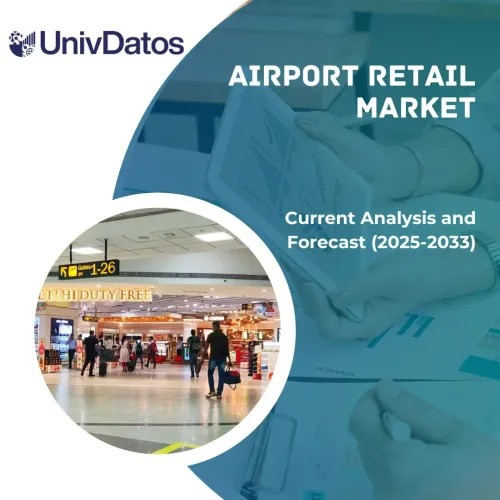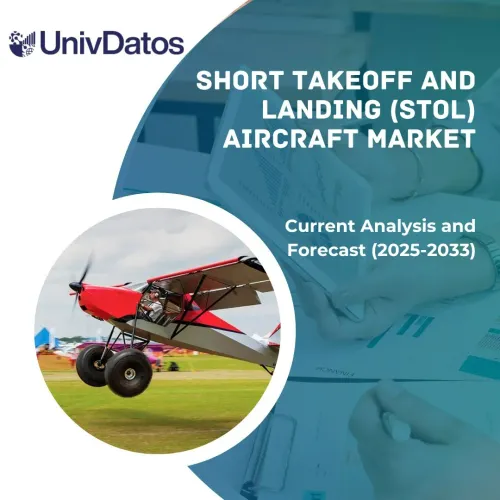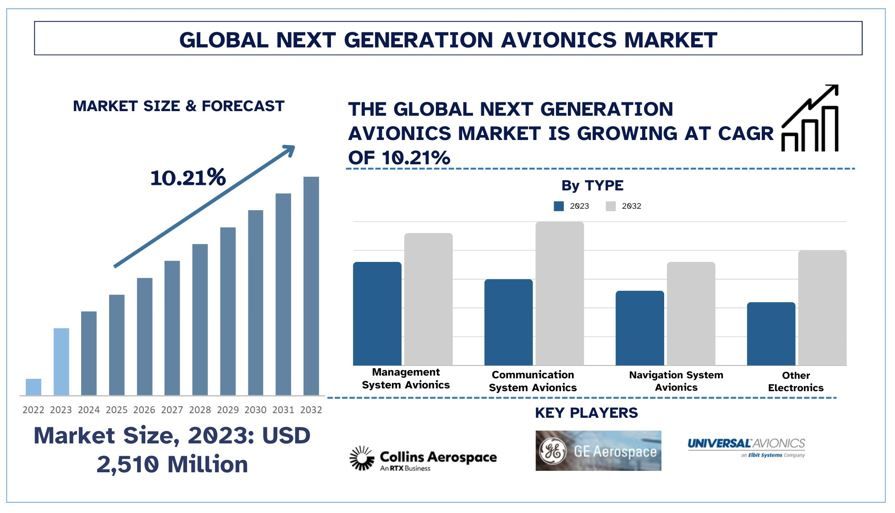 全球下一代航空电子市场规模与预测
全球下一代航空电子市场规模与预测
2023年全球下一代航空电子市场价值为25.10亿美元,预计在预测期(2024-2032年)将以约10.21%的强劲复合年增长率增长,这归因于全球飞机行业对下一代航空电子设备的需求不断增长。
全球下一代航空电子市场分析
下一代航空电子设备用于预测性维护、远程协助、维护问题可视化、培训目的、易于操作和改善客户体验。下一代技术在航空电子设备中的集成使飞行操作变得更加容易,并且由于市场在近期增长中获得了可观的增长,从而降低了燃油成本以及能源和资源利用率。
2023年全球下一代航空电子市场价值为25.10亿美元,预计在预测期(2024-2032年)将以约10.21%的强劲复合年增长率增长。显着支持下一代航空电子解决方案集成的一个关键因素是数字驾驶舱和平视显示器的集成。这些显示器与新一代飞机集成,以将关键的飞行信息(如导航数据、空速、发动机温度、燃油和高度)直接叠加在飞行员的视野中。许多航空航天公司已经开始集成平视显示器,以提供此类功能,为飞行员提供全面的视野,并提供更好的态势感知能力。例如,2024年,新加坡政府宣布计划购买8架新的F35飞机。此次采购将是新加坡政府此前签署的12架F35A飞机的补充。
在另一个例子中,2024年,德国政府宣布计划在2025年底前购买20架额外的“欧洲战斗机”台风战斗机(4.5代)。
对统一视野的需求以及将大多数功能集成到飞机的显示器中,导致系统中对下一代航空电子设备的需求大规模出现。
全球下一代航空电子市场趋势
本节讨论了影响全球下一代航空电子市场各个细分市场的主要市场趋势,这些趋势由我们的研究专家团队确定。
人工智能(AI)和机器学习(ML)的集成
全球航空业的主要关注点之一是及时维护,并在更大程度上降低风险。随着飞行安全分析的出现以及人工智能和机器学习技术的集成,预测和减轻飞行操作中可能风险的能力已大大降低。借助实时数据分析,人工智能和机器学习可以通过提供预测性见解和可能的校正来降低风险,这通过领先的飞机制造商的采用而显现出来。空中客车是采用类似技术的领先公司之一,因为它使用Skywise,这是一个开放的数据平台,可以从空中客车的所有飞机中收集大量数据,这有助于通过更大的机队运营性能和可靠性来提高卓越运营水平。
随着航空业对预测系统、人工智能诊断和改善飞行操作的需求不断增长,对下一代航空电子设备在该特定类别中的需求预计将迅速增长,从而在未来几年改善其市场。
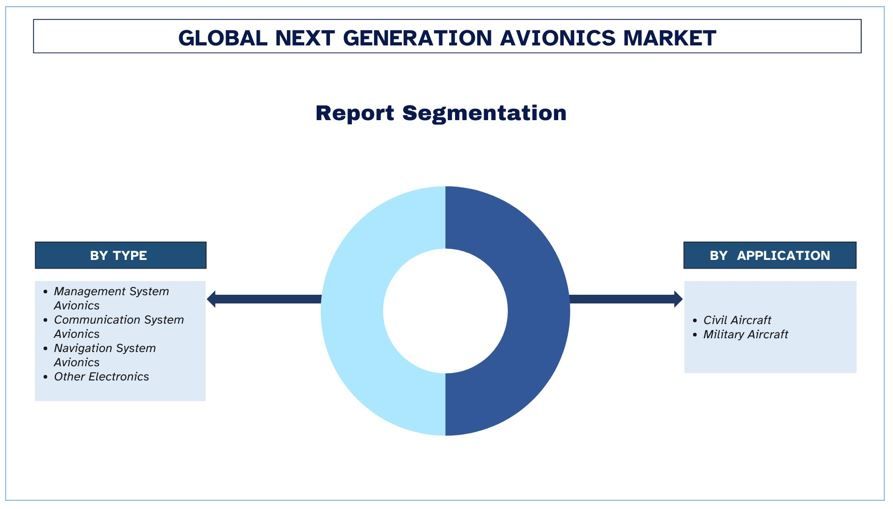
预计北美将在预测期内占据主要市场份额
北美的下一代航空电子市场在全球占据主要市场份额。促成增长的一些关键因素是存在最大的商用和军用飞机机队,导致对原始设备制造商(OEM)下一代航空电子设备的大量需求。由于近年来领先航空航天公司的大量订单,预计北美航空业将进一步增长。例如,2024年,美国航空从空中客车、波音和巴西航空工业公司订购了260架新飞机。通过大规模采购,该航空公司希望扩大其跨大西洋业务的国际业务。
波音是主要制造商之一,拥有大量未完成订单、年初至今交付量等。例如,根据波音公司的说法,截至2024年5月31日,737、767、777和787型号的总未完成订单分别为4763、96、539和790架。
考虑到未来几年要交付的大量未完成订单,预计在预测年份(即2024-2032年)对飞行操作和飞行员培训的下一代航空电子设备的需求将会上升。
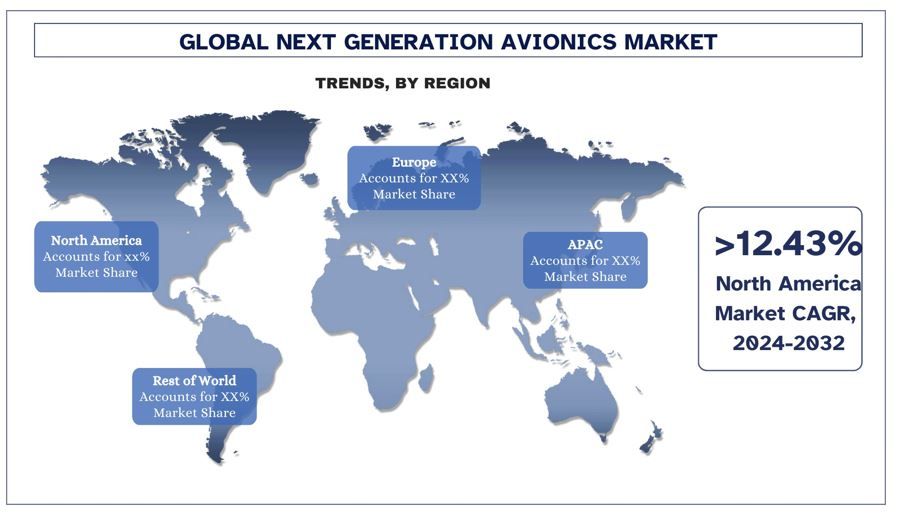
全球下一代航空电子行业概览
全球下一代航空电子市场具有竞争性和分散性,存在多家全球和国际市场参与者。主要参与者正在采取不同的增长战略来增强其市场地位,例如建立合作伙伴关系、协议、合作、新产品发布、地域扩张以及兼并和收购。一些主要市场参与者包括柯林斯宇航公司、泰雷兹、通用航空(通用电气公司)、L3harris Technologies Inc.、环球航空电子公司、库蒂斯-赖特公司、赛峰集团、Cobham Limited、BAE系统、盖曼有限公司和霍尼韦尔国际有限公司。
全球下一代航空电子市场新闻
- 2024年,捷克共和国政府与美国政府签署了一项协议,购买24架新的F35喷气式飞机。该协议总价值将达到66亿美元,交付时间为2031年至2035年。
- 2024年1月,法国政府宣布购买42架额外的阵风战斗机,总成本为55亿美元。相关飞机将在2027年至2032年之间交付。
购买本报告的原因:
- 该研究包括由经过身份验证的行业专家验证的市场规模和预测分析。
- 该报告一览无余地展示了整体行业表现。
- 该报告对主要的行业同业进行了深入分析,主要侧重于关键业务财务、产品组合、扩张战略和近期发展。
- 对行业中普遍存在的驱动因素、限制因素、关键趋势和机会的详细检查。
- 该研究全面涵盖了不同细分市场的市场。
- 对行业的深入区域级分析。
定制选项:
全球下一代航空电子市场可以根据需求或任何其他细分市场进行进一步定制。除此之外, UMI 了解到您可能拥有自己的业务需求;因此,请随时与我们联系,以获得完全符合您要求的报告。
全球下一代航空电子市场报告范围

目录
全球下一代航空电子市场分析的研究方法(2024-2032年)
分析历史市场、估算当前市场和预测全球下一代航空电子市场的未来市场是创建和分析全球主要地区采用全球下一代航空电子设备的三大主要步骤。进行了详尽的二次研究,以收集历史市场数据并估算当前市场规模。其次,为了验证这些见解,考虑了大量的调查结果和假设。此外,还对全球下一代航空电子市场的价值链中的行业专家进行了详尽的初步访谈。通过初步访谈对市场数据进行假设和验证后,我们采用了自上而下/自下而上的方法来预测完整的市场规模。此后,采用了市场细分和数据三角测量方法来估算和分析行业各细分市场和子细分市场的市场规模。详细的方法如下所述:
历史市场规模分析
第1步:对二手资料的深入研究:
进行了详细的二手研究,以通过公司内部资料(如年度报告和财务报表、业绩展示、新闻稿等)以及外部资料(包括期刊、新闻和文章、政府出版物、竞争对手出版物、行业报告、第三方数据库和其他可信出版物)获得全球下一代航空电子市场的历史市场规模。
第2步:市场细分:
在获得全球下一代航空电子市场的历史市场规模后,我们进行了详细的二次分析,以收集不同细分市场和子细分市场的历史市场见解和份额,用于主要地区。主要细分市场包括按类型和按应用划分的内容。进一步进行了区域/国家级分析,以评估该地区测试模型的整体采用情况。
第3步:因素分析:
在获得不同细分市场和子细分市场的历史市场规模后,我们进行了详细的因素分析,以估算全球下一代航空电子市场的当前市场规模。此外,我们使用因变量和自变量(例如,按类型和按应用)对全球下一代航空电子市场进行了因素分析。对供需方情景进行了全面分析,考虑了全球下一代航空电子市场领域的顶级合作伙伴关系、兼并和收购、业务扩张和产品发布。
当前市场规模估算和预测
当前市场规模估算:基于上述3个步骤的行动见解,我们得出了当前的市场规模、全球下一代航空电子市场的关键参与者以及细分市场的市场份额。所有必需的百分比份额拆分和市场细分均使用上述二次方法确定,并通过初步访谈进行验证。
估算和预测:为了市场估算和预测,对不同因素进行了权重分配,包括驱动因素和趋势、限制因素以及利益相关者可用的机会。在分析这些因素后,应用了相关的预测技术,即自上而下/自下而上的方法,以得出 2032 年全球主要市场不同细分市场和子细分市场的市场预测。用于估算市场规模的研究方法包括:
- 就收入(美元)和全球下一代航空电子设备市场在国内主要市场的采用率而言,行业的市场规模
- 市场细分和子细分的全部百分比份额、拆分和细分
- 全球下一代航空电子设备市场的主要参与者提供的产品。此外,这些参与者为在快速增长的市场中竞争而采取的增长战略。
市场规模和份额验证
初步研究:与主要意见领袖 (KOL) 进行了深入访谈,包括主要地区的高级管理人员 (CXO/VP、销售主管、市场营销主管、运营主管、区域主管、国家主管等)。然后对初步调查结果进行总结,并进行统计分析以证明所陈述的假设。初步研究的输入与次要调查结果合并,从而将信息转化为可操作的见解。
不同地区主要参与者的细分
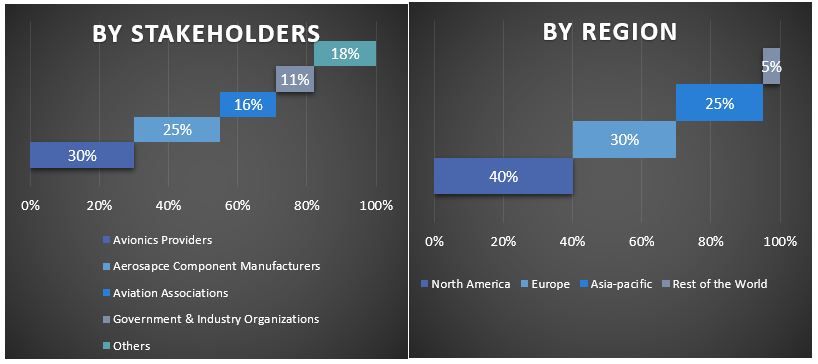
市场工程
采用数据三角测量技术来完成整体市场估算,并得出全球下一代航空电子设备市场每个细分市场和子细分市场的精确统计数字。在研究了全球下一代航空电子设备市场中按类型和按应用的各种参数和趋势后,将数据拆分为几个细分市场和子细分市场。
全球下一代航空电子设备市场研究的主要目标
研究中指出了全球下一代航空电子设备市场的当前和未来市场趋势。投资者可以获得战略见解,以便根据研究中进行的定性和定量分析来决定其投资。当前和未来的市场趋势决定了市场在区域层面的整体吸引力,为行业参与者提供了一个平台,以利用未开发的市场,从而受益于先发优势。研究的其他定量目标包括:
- 按价值(美元)分析全球下一代航空电子设备市场的当前和预测市场规模。此外,分析不同细分市场和子细分市场的当前和预测市场规模。
- 研究中的细分市场包括按类型和按应用划分的领域。
- 定义和分析航空业全球下一代航空电子设备的监管框架。
- 分析涉及各种中介机构的价值链,以及分析行业的客户和竞争对手行为。
- 分析全球下一代航空电子设备市场主要地区的当前和预测市场规模。
- 报告中研究的地区的主要国家包括北美(美国、加拿大和北美其他地区)、欧洲(英国、法国、德国、意大利、西班牙、欧洲其他地区)、亚太地区(中国、日本、印度、亚太地区其他地区)、世界其他地区
- 全球下一代航空电子设备市场的公司概况以及市场参与者为在快速增长的市场中保持生存而采取的增长战略。
- 对该行业的深入区域层面分析
常见问题 常见问题
问题 1:全球下一代航空电子设备市场的当前市场规模和增长潜力是多少?
问题 2:推动全球下一代航空电子设备市场增长的因素是什么?
问题 3:按类型划分,哪个细分市场在全球下一代航空电子设备市场中占据最大份额?
问题 4:哪个地区将在全球下一代航空电子设备市场中占据主导地位?
相关 报告
购买此商品的客户也购买了


